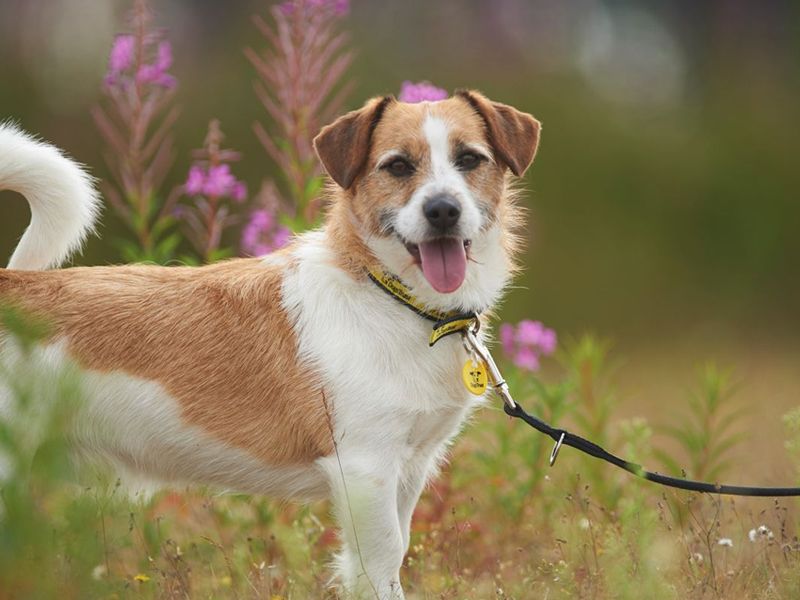Media centre
Thanks for visiting - this is our special hub for journalists.

Media centre
Thanks for visiting - this is our special hub for journalists.

Our PR & Communications team is passionate about dogs and dog welfare as well as communicating this to our journalist friends to make the world a better place for dogs and their owners.
If you want to find out more about Dogs Trust, our services, people or just dogs in general then you have come to the right place. Our team is available for interviews and advice.

Press releases
How to reach us
Media Enquiries
For media enquiries please contact 086 142 2835
This number is for media enquiries only. For all other enquiries, including for advice on how we can help you with your dog, contact our team on 01-8791000
We can help arrange filming opportunities, interviews or statements.
Please note that our core working hours are 8am to 4pm Monday to Friday, however we can be contacted for urgent media enquiries only out of hours on the number above.